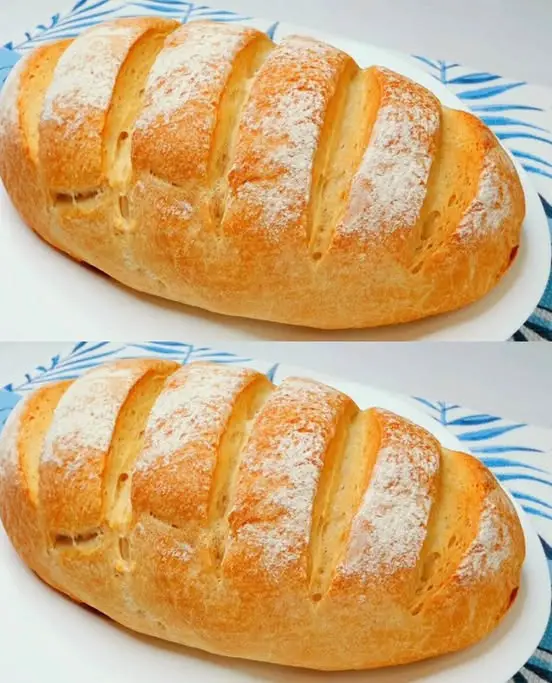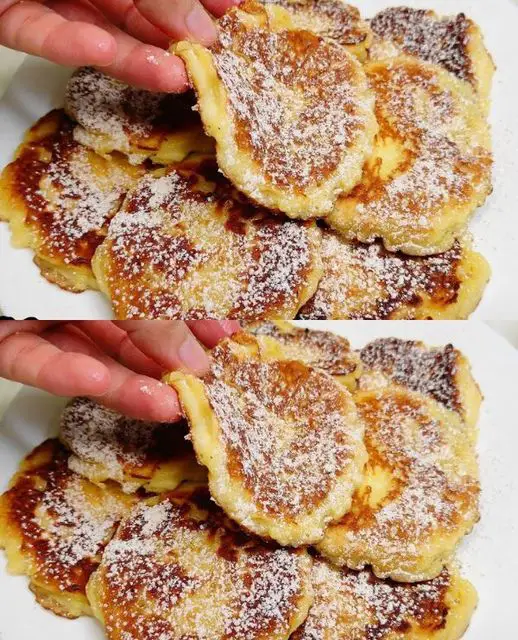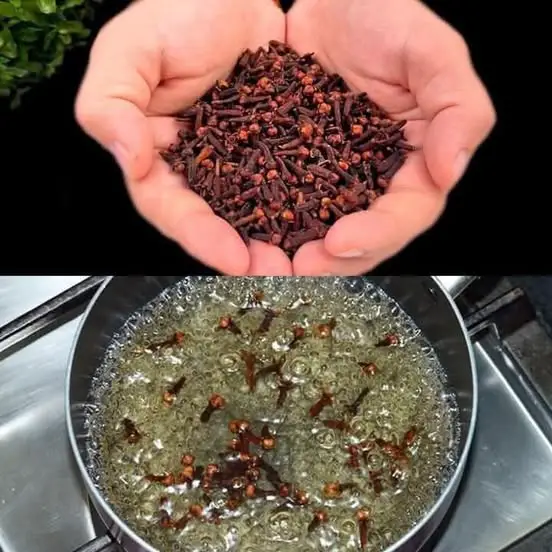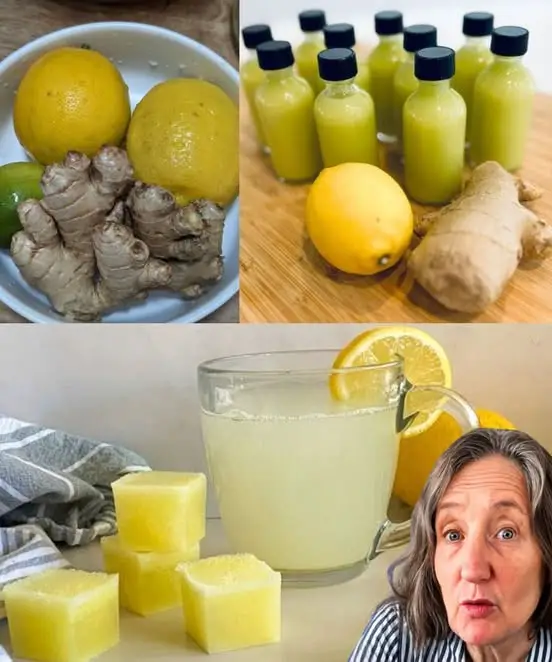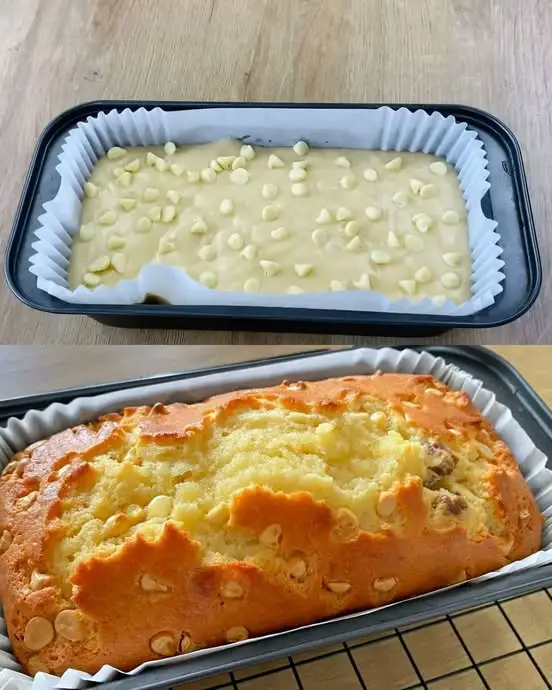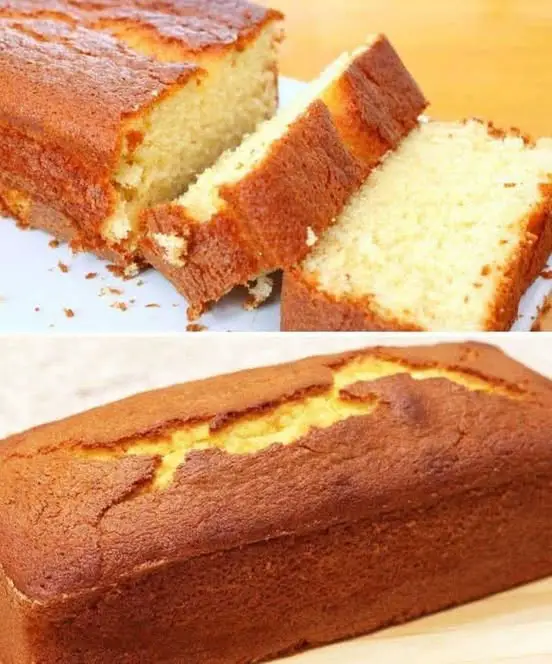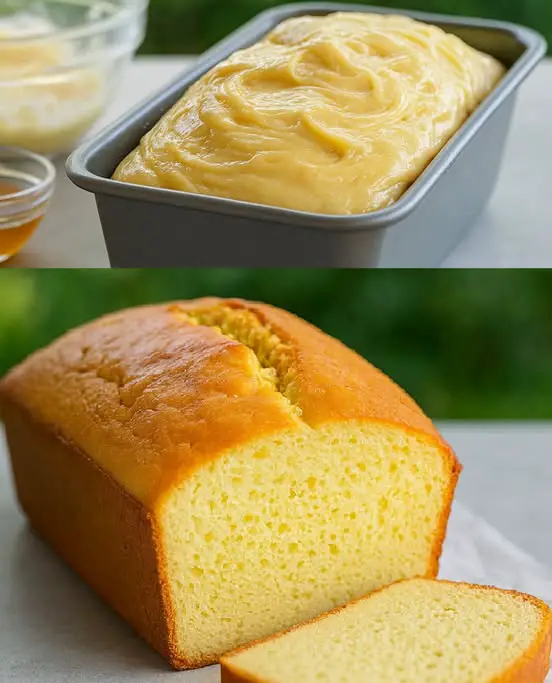Savory Cajun Chicken with Creamy Parmesan Pasta Linguine
Savory Cajun Chicken with Creamy Parmesan Pasta Linguine If you’re craving something bold, creamy, and satisfying, this Savory Cajun Chicken with Creamy Parmesan Pasta Linguine is the perfect dish. It brings together spiced, golden-seared Cajun chicken with a rich, silky Parmesan cream sauce that clings beautifully to strands of linguine. It’s a delightful balance of … Read more





